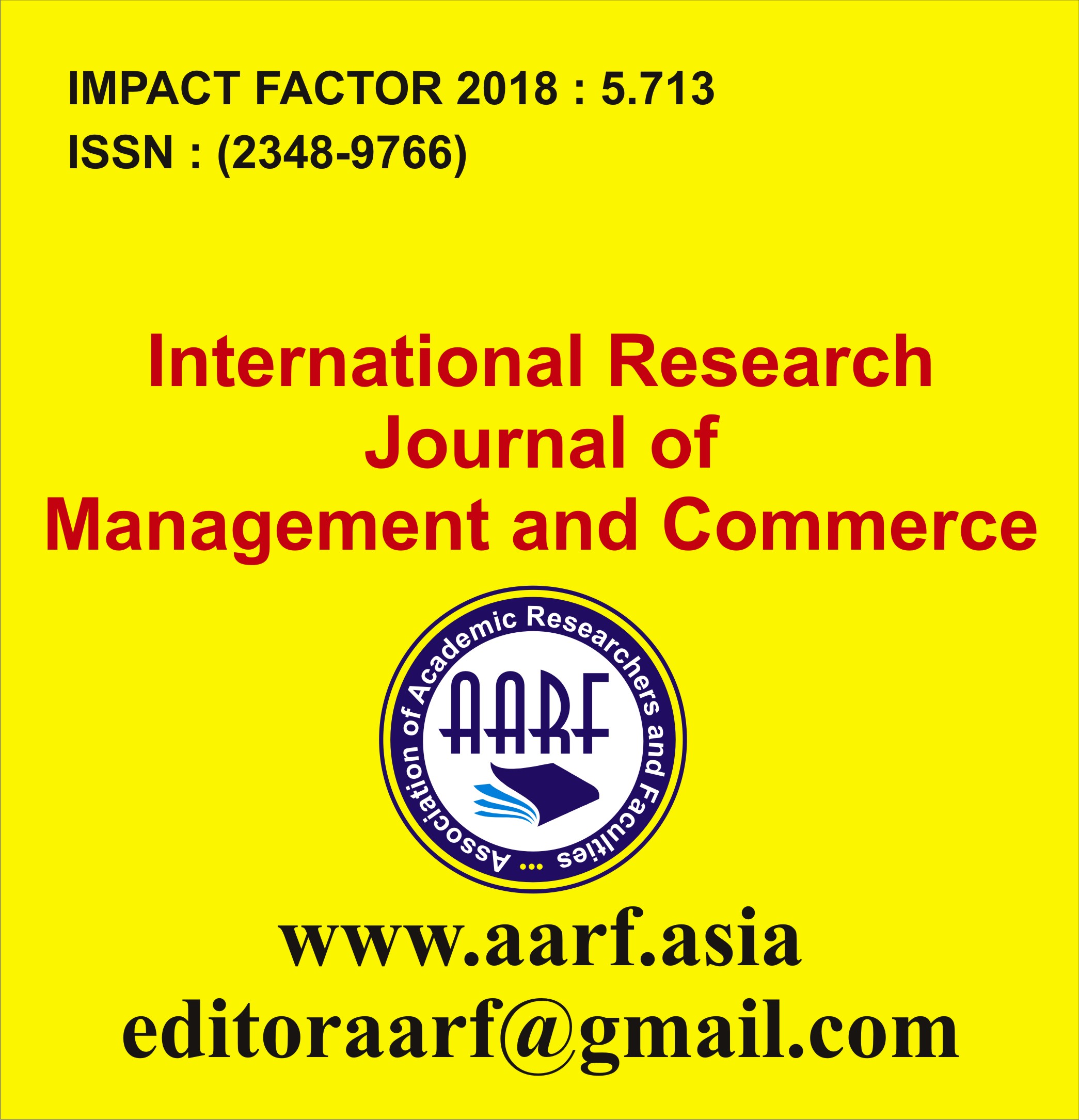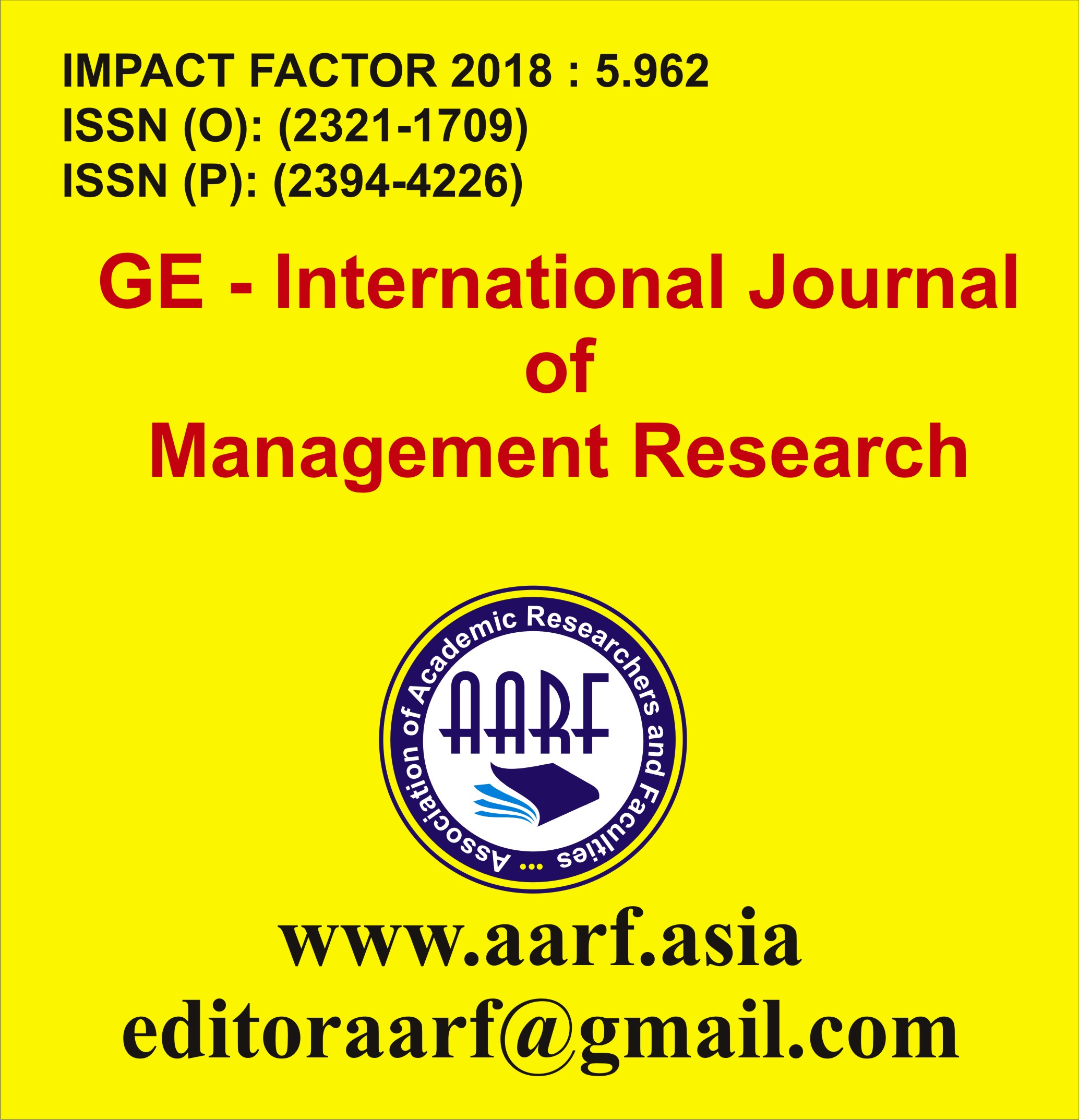
- Current Issue
- Past Issues
- Conference Proceedings
- Submit Manuscript
- Join Our Editorial Team
- Join as a Member

| S.No | Particular | Page No. | |
|---|---|---|---|
| 1 |
Meenakshi AryaAbstract: |
|
1-10 |
| 2 |
Mayur P. Patil1, Anil Rane2Abstract: |
|
11-20 |
| 3 |
Kamal Kumar1, Sangeeta Devi2, Pratiksha Tiwari3Abstract: |
|
21-30 |





















